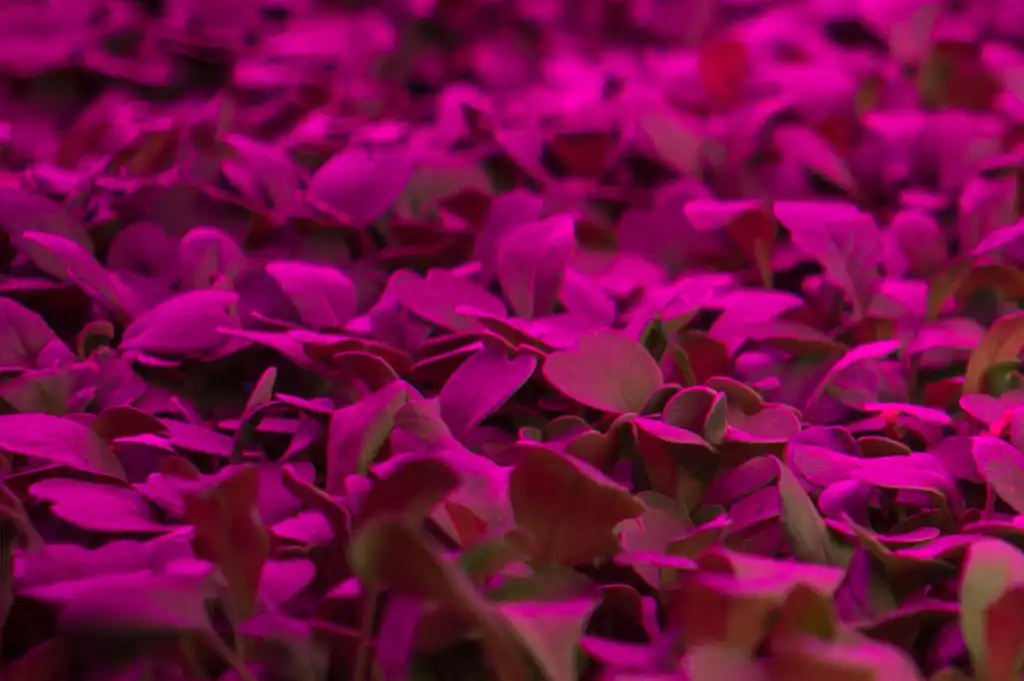Growing with Precision: How to Use Sensors in Vertical Farming?
Tue, Jan 17, 2023
Read in 2 minutes
Togeher we explore the critical role of sensors in vertical farming and controlled environment agriculture, and how they can help optimize growing conditions, improve yields, and address the challenge of feeding a growing global population.ers, has been revised for the first time this year.

Vertical farming and controlled environment agriculture (CEA) have revolutionized the way we grow food. With these methods, we can now produce more crops in a smaller space while using fewer resources. However, to fully realize the potential of vertical farming and CEA, we need to incorporate advanced technologies such as sensors.
Why sensors
Sensors are a critical component of vertical farming and CEA. They help us to monitor and regulate the growing environment to ensure optimal plant growth and health. By deploying sensors in the growing area, we can collect real-time data on temperature, humidity, CO2 levels, and other environmental factors. This data allows us to make data-driven decisions on how to optimize growing conditions for each crop.
In addition to environmental sensors, we can also use sensors to monitor the health of individual plants. With advanced computer vision and machine learning technologies, we can now use sensors to collect data on the size, shape, and color of plants. This data can be used to identify potential issues early on, such as nutrient deficiencies or pest infestations, and take corrective action before it’s too late.
The importance of using sensors in vertical farming and CEA cannot be overstated. With a rapidly growing population and limited resources, we need to produce more food with fewer inputs. Sensors help us to achieve this goal by providing valuable data that allows us to optimize growing conditions and maximize yields.
In conclusion, sensors are an essential tool for the future of vertical farming and CEA. By deploying sensors in the growing area and using advanced technologies such as computer vision and machine learning, we can collect valuable data that helps us to make data-driven decisions to optimize growing conditions and improve yields. With the global population expected to reach 9.7 billion by 2050, we need all the tools we can get to ensure that we can continue to feed the world.